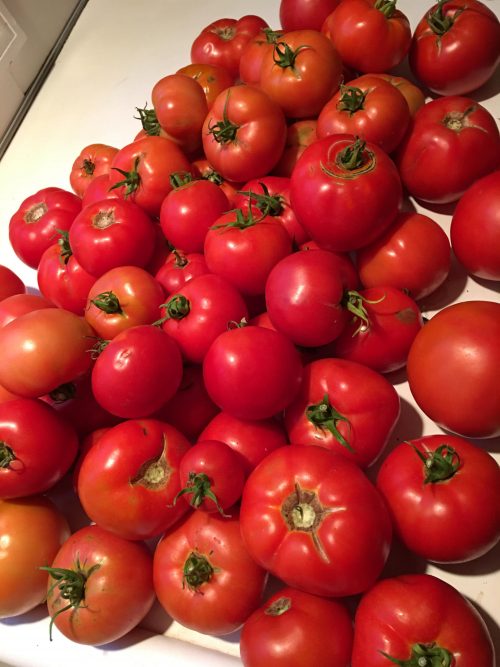I isolated myself in a coffee shop, buckled down, and pounded straight through my grading. I got it done! Early even! The students…well, umm, there were some rough spots. The mean was about 65%, brought down by one specific page where they had to do some math, and it was a massacre. I was imagining that page soaked in blood, with more pouring out of my wicked pen, and was getting a little uneasy. I know what we’re going to be going over in the next class!
Now, though, I get to go home, where my wife has some chore involving the picket fence I’m supposed to do, but once that’s over, I’ve got to honor the completion of one onerous task (if not the outcome).
I’m thinking I’ll sit back and read the new Joe Abercrombie, A Little Hatred. It seems appropriate, very grim-dark, with lots of close-fought bloody battles. For that 65%, you know, which is barely passing and means half the class is getting Ds or worse so far.
(The title does not reflect my feelings towards the students, who are my brave compatriots in the struggle to master cell biology.)








